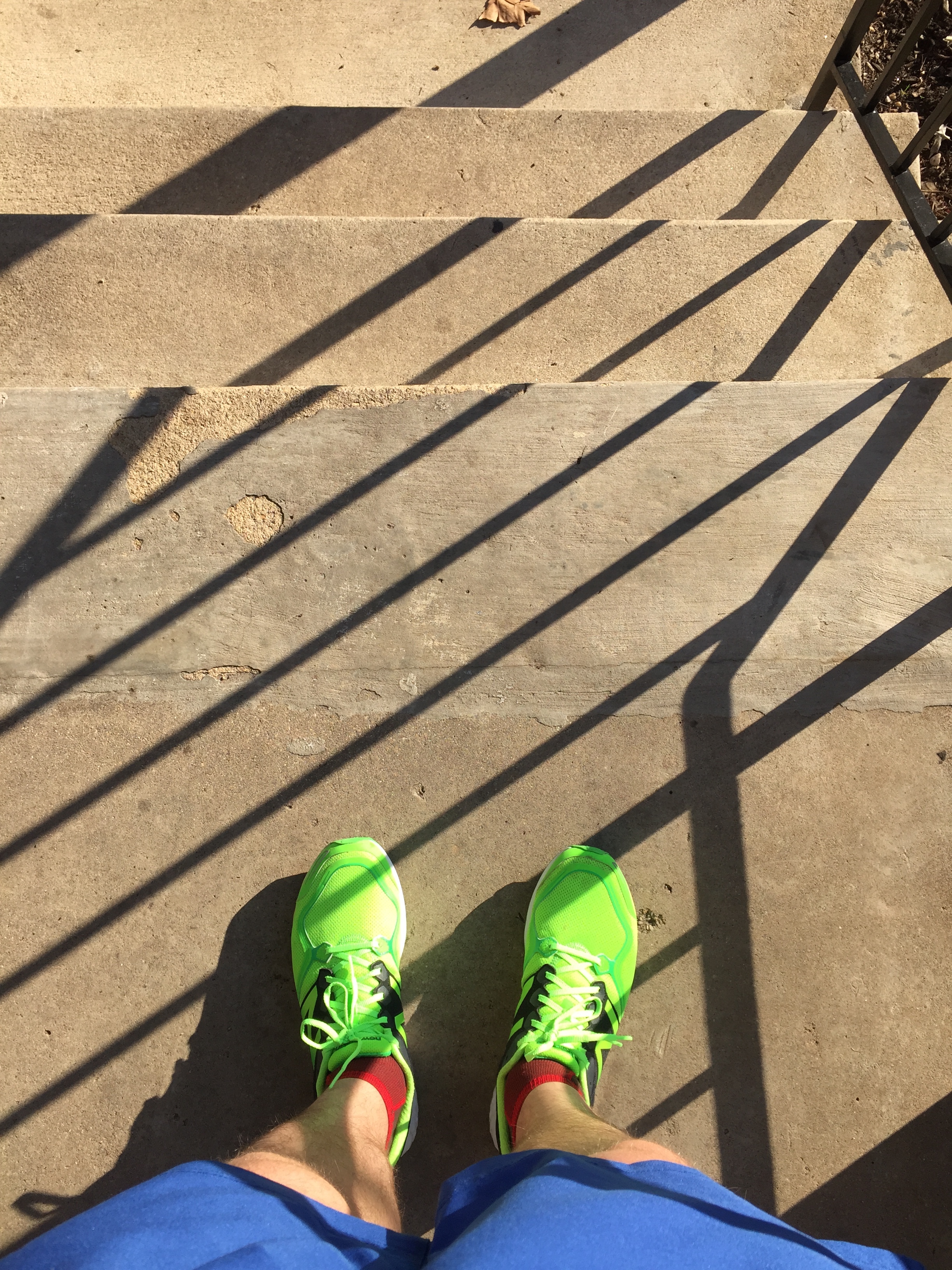A friend of mine, a classroom teacher with more than 15 years of experience working with students at all grade levels, found herself a new school in a new city after years of experience in another school system. Because of tough economic conditions, few teaching positions were open, and she took a job at a school about which she’d heard mixed reviews.
A few months later, she resigned from the school. She left it broken in places no teacher should be broken by a school.
What we want for our students, we must want for our teachers.
Within her school, my friend was constantly being evaluated and given feedback that she had not met the expectations on the school-wide evaluation form. During one observation, when a student spoke out, rather than awarding that student with a demerit as policy dictated, this teacher approached the student and spoke to him as a person about community and what it means to be a member.
At the end of the lesson, the teacher’s observer commented that she’d failed to follow school protocol and would be marked “unsatisfactory” as a result.
This is a story of a particular time and place, but it could easily be the story of innumerable schools across the country. We are treating our teachers, practicing professionals, as though they step into the classroom devoid of wisdom, care, and creativity.
We must stop this. Teachers must refuse to subject themselves to this kind of treatment. When teachers are not trusted or allowed to connect with their students in human ways that help to model how to be members of a community, when they are forced to award consequences devoid of conversation, when their professionalism is called into question when they treat children as people – it diminishes our democracy let alone the professionalism of teachers.
In many cases, it is our youngest teachers, drawn to the profession (often with minimal training) who find themselves in these schools. As it is there first foray into professional teaching they may not know to be insulted by the feedback they receive. Indeed, because of the feeling of treading water that comes with any novice teachers, they may welcome the feedback as the only chance to improve.
In time they may become dependent on this feedback, relying on the outside judgement of others in place of developing their own since of success based on their professional opinion. Worse yet, some may master the criteria of the observation form, receive “outstanding” ratings in all areas and come to think of this as a mark of completion. For those teachers who were, themselves, the schooliest of students, counting success as the approval of their assessors will make perfect sense.
We must want more for teachers.
We must want more for teachers because we want more for students and for society.
Oftentimes, those who call for the improvement of the teaching profession employ the same deficit model of thinking they apply to rhetoric about those students who come from communities in poverty to the teachers they’re attempting to “improve.”
I am reminded of the passage from Eric Schlosser’s Fast Food Nation where he describes fast food’s attempt to alter their production lines so that workers with no experience and limited or no English proficiency can prepare food based on a system of pictures.
While the school reform movement has not made it this far, such a horizon is not as distant as some might think.
Scripted curricula, check-off observation forms – these tools and those like them not only generate a stifling “one size for all” mindset about schools, but they ask less and less of our teachers, not more.
And we should ask more of our teachers – more creativity, more imagination, more inquiry, more investigation.
As it sits, though, we are asking for more conformity, as though our children come from one mold, as though our teachers should as well.




